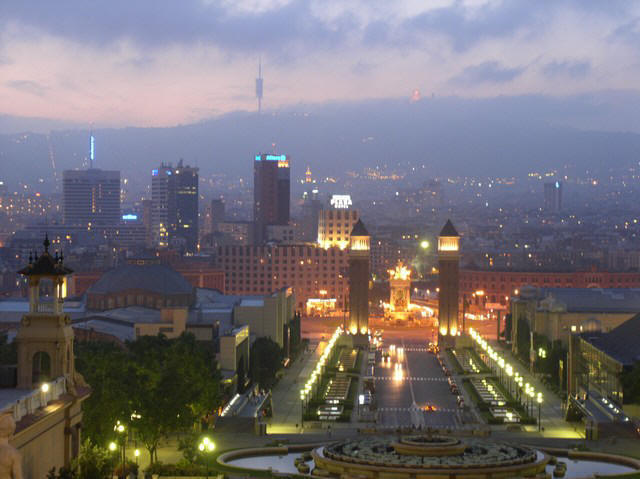
Cedar Gallery
Home
|
Cedar info |
News |
Contact |
![]() Dutch
Dutch
|
‘All cities are mad: but the madness is gallant. All cities are beautiful: but the beauty is grim.’ Christopher Morley, Where the Blue Begins
|
|
|
ANTWERP |
|
In the 16th century,
Antwerp was noted for the wealth of its citizens. The houses of
these wealthy merchants and manufacturers have been preserved
throughout the city. However, fire has destroyed several old
buildings. The city also suffered considerable war damage by
V-bombs. |
|
.jpg) |
.jpg) |
.jpg) |
.jpg) |
.jpg) |
.jpg) |
.jpg) |
.jpg) |
.jpg) |
.jpg) |
.jpg) |
.jpg) |
.jpg) |
.jpg) |
.jpg) |
.jpg) |
.jpg) |
.jpg) |
.jpg) |
.jpg) |
.jpg) |
|
.jpg) |
.jpg) |
.jpg) |
.jpg) |
.jpg) |
.jpg) |
.jpg) |
|
.jpg) |
.jpg) |
.jpg) |
.jpg) |
.jpg) |
.jpg) |
.jpg) |
.jpg) |
.jpg) |
.jpg) |
.jpg) |
.jpg) |
.jpg) |
.jpg) |
.jpg) |
.jpg) |
.jpg) |
|
.jpg) |
.jpg) |
.jpg) |
.jpg) |
.jpg) |
.jpg) |
.jpg) |
.jpg) |
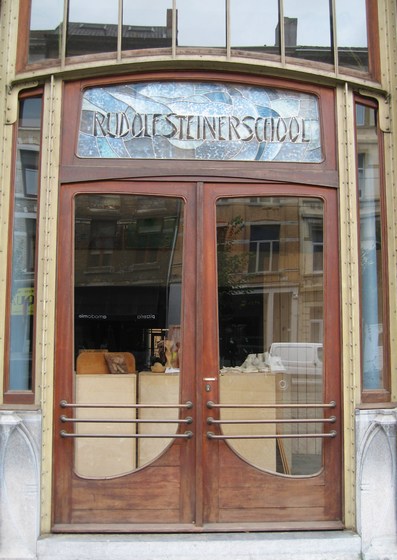 |
.jpg) |
.jpg) |
.jpg) |
.jpg) |
.jpg) |
.jpg) |
.jpg) |
.jpg) |
.jpg) |
.jpg) |
.jpg) |
.jpg) |
|
.jpg) |
.jpg) |
| BARCELONA pictures from buildings TOP |
'Those who look for the laws of nature as a support for their new works collaborate with the creator.' Antonio Gaudi
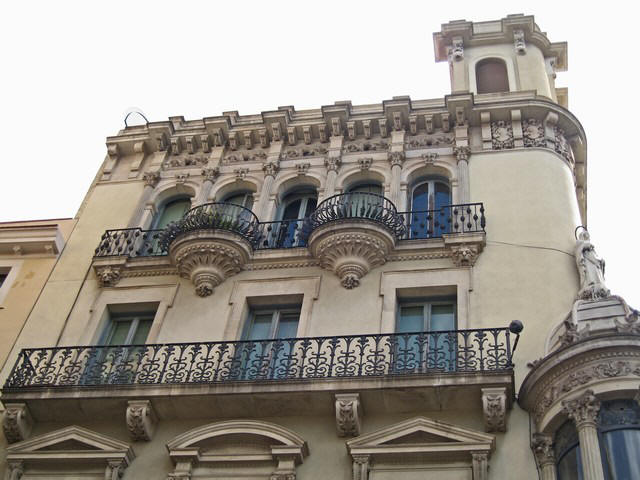


r. Fundació Joan Miró (1975), arch. Josep Lluís Sert
.jpg)
Casa Milŕ (1910), arch. Antoni Gaudí
.jpg)
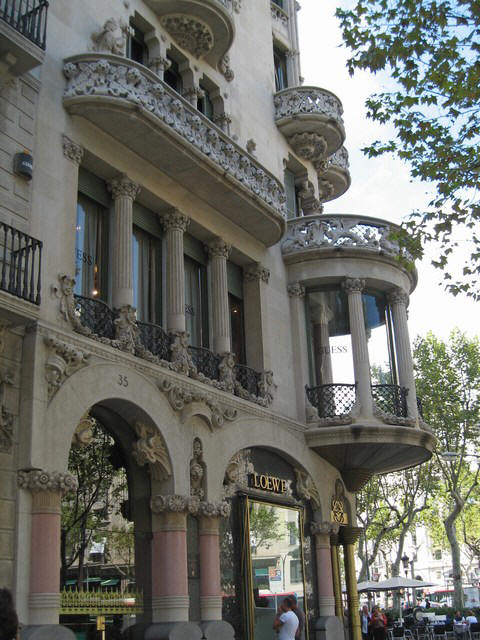
l. Casa Milŕ (1910), arch. Antoni Gaudí r. Casa Lleo Morera, arch. Lluís Domčnech i Montaner
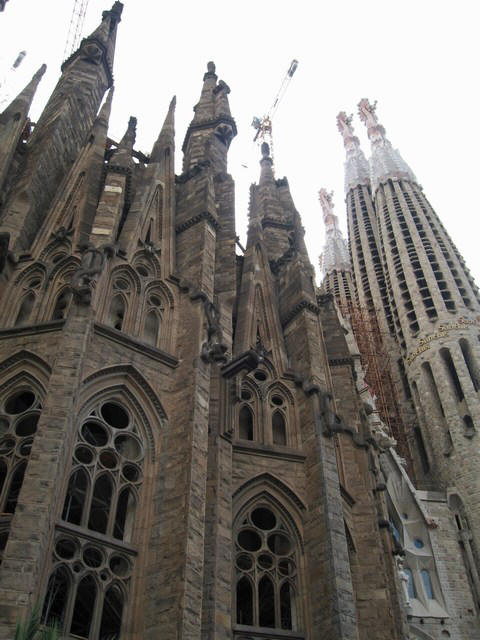
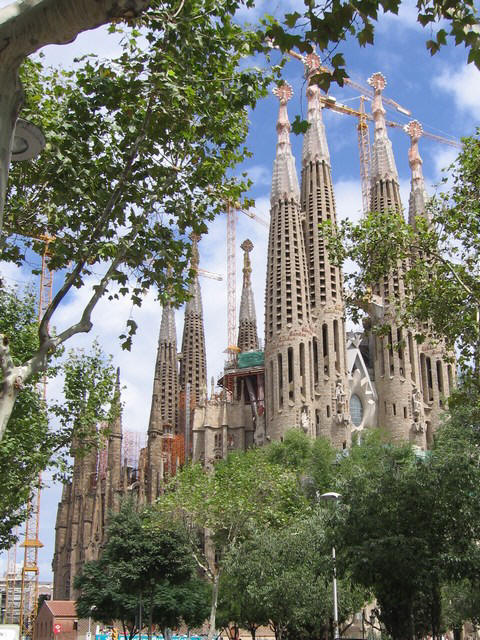
Sagrada Familia (1884), arch. Antoni Gaudí
Kristina Borg has dabbled in photography for years, however recently she
is concentrating on honing her skills to give her photos a more
professional style. Most of Kristina's skill is self taught, but she
occasionally gets a chance to learn new things from local professional
photographers. Kristina has resided in Barcelona for over four years
and looks at the city as a blank canvas on which she can practise and
perfect her talents. The three photos of the Agba Tower are from
Kristina.
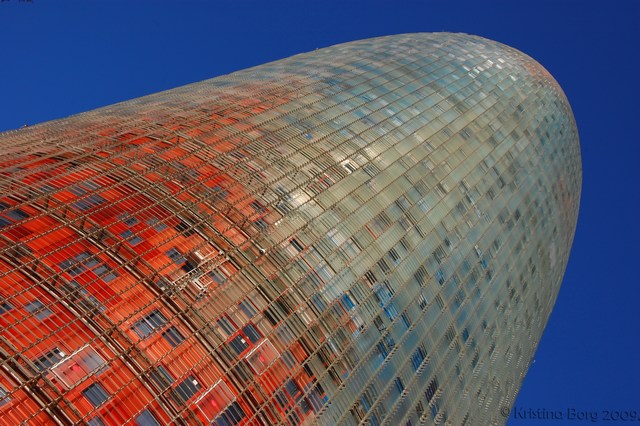


Agbar Tower (1999-2004), arch. Jean Nouvel Architects
More Barcelona architecture is very welcome: cedars@live.nl , 'architecture Barcelona'.
| THE HAGUE TOP |
Ridderzaal The Hague
The Ridderzaal was originally a count’s
palace dating from the thirteenth century. Construction of the complex
was started at the time of Count Floris IV.
It was occupied by William II and his son Floris V from 1248.
The Ridderzaal has had many different functions over the centuries.
Since 1904, the Ridderzaal has hosted the annual State Opening of
Parliament every third Tuesday in September, when it welcomes members
from both Houses of the States-General. The Ridderzaal is also used for
special occasions by the Upper and Lower Houses of the States-General,
the Ministry of General Affairs, other Ministries and the Government.
During the year visitors and tourists are given access to the Ridderzaal
through guided tours.
The second last major renovation and refurbishment of the Ridderzaal
took place at the start of the twentieth century and was led by
architect Pierre Cuypers, also known for his design of the Rijksmuseum
and the Central Station in Amsterdam. Many of the original fittings and
fixtures designed in 1904 have been lost over the years, so in 2005/2006
a renovation and refurbishment project took place.
Some of the main changes:
- The chairs designed by Cuypers in 1904 have been fully restored and
re-upholstered, only the
colour changed. They are red now, they were green before.
- 19 tapestries and a chimneypiece were installed. These have replaced
the flags of the
provinces.
- New carpets.
- The seating will be rearranged for Prinsjesdag (the State Opening of
Parliament). Starting from 2006, the overall seating in the building has
been reduced from 1100 to 1000.
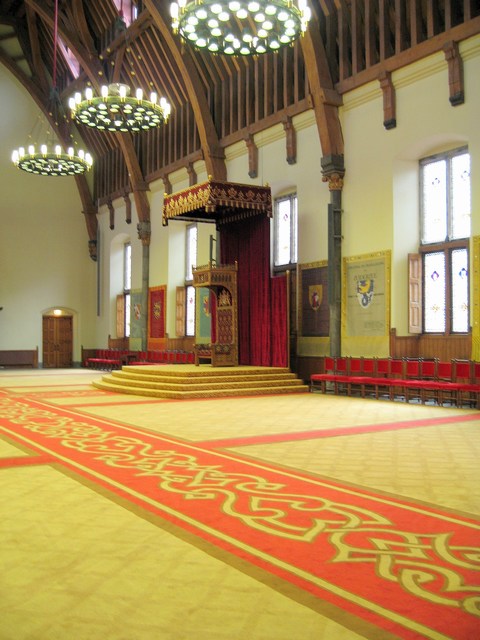
19 tapestries
The Dutch provincial arms and the arms of overseas colonies are
similarly distributed over the left and right-hand walls. The series of
provinces starts halfway along the wall opposite the throne and goes in
a clockwise direction. The order of these arms is largely derived from
the Constitution of 1815, whereby Duchies preceded Counties: North
Brabant, Limburg, Gelderland, South Holland, North Holland, Zeeland,
Utrecht, Friesland, Overijssel, Groningen, Drenthe and finally
Flevoland.
More pictures of Art Nouveau/Jugendstil in the innercity of The Hague, click here.
NIJMEGEN,
| NIJMEGEN, Noviomagus TOP |
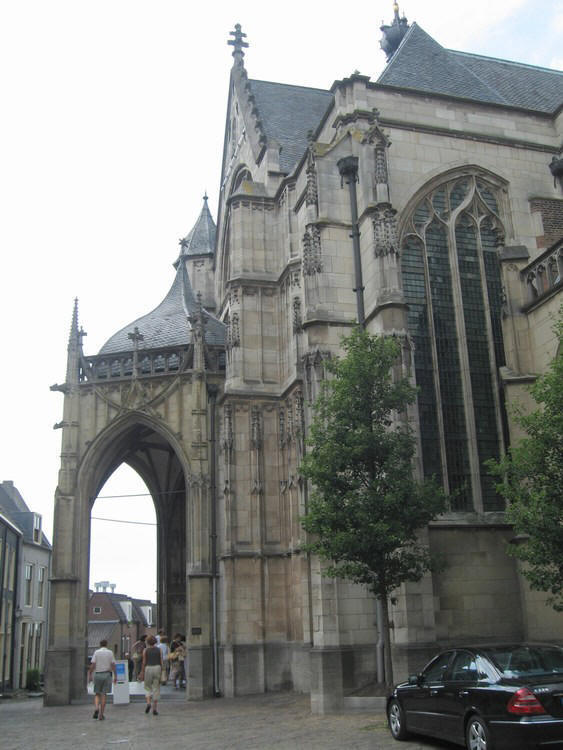
St-Stevens church |
In 1254
the building of the St.-Stevenschurch started. This church was
built in the roman style, with thick walls and small windows
with round arches. The church was many times rebuilt and
enlarged. The church was seriously damaged during the Allied
bombing in 1944. |
Latin School This building started in 1544. It bears marks from Late Gothic. Over the main entrance you can see the city arms, on the band between the ground floor and the first floor you can read the Ten Commandments, and above these there are the twelve Apostles. |
|
Besiendershouse |
|
|
|
The Besiendershouse, from about 1525, owes its name to the so-called 'besiender', who should have lived here. A besiender had to collect tolls from the ships that sailed by. The Late Gothic building has a high saddle roof and so-called hive bow alcoves, with windows.
Jewish School and
Synagogue
|
||
.jpg)
Jewish School and Synagogue (1765)
|
I
|
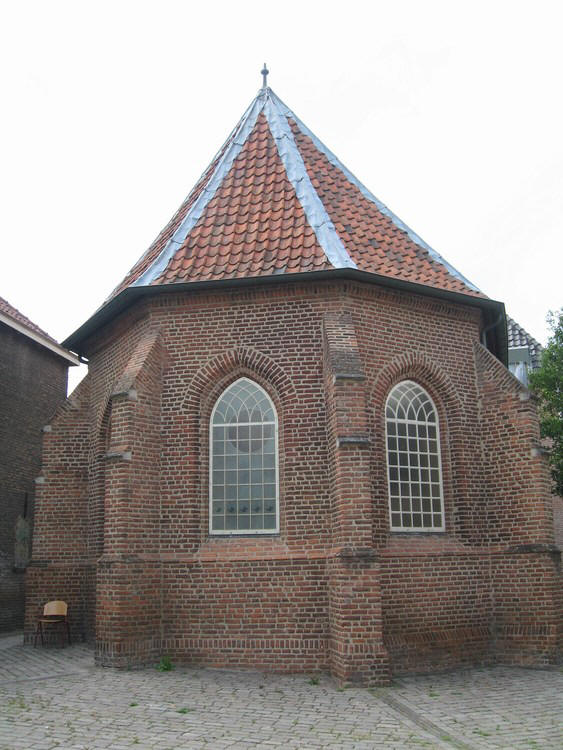
chapel |
|
|
|
|
|
Kronenburger tower |
The Kronenburger
Tower, over 30 metres, was built in 1425-1426 as a part of
the second town rampart of Nijmegen. When after 1875 the walls
were demolished, they decided to keep a part of the city wall
close to this tower. |
The Valkhof Museum (1999) is built on the place, where once was a Roman army camp. Later Charlemagne had his citadel built here. Now there is a lively, light and modern museum of art and archeology. The glass building is designed by Ben van Berkel. (Van Berkel is rather well-known, because of the Erasmus Bridge in Rotterdam.) |

St-nicolas Chapel |
At the northwest
corner of the Valkhof Hill you can find one of the oldest
buildings in Holland, and certainly the oldest of Nijmegen: the
St-Nicolas Chapel. It is built in about 1030 in Roman
style. The chapel has an octagonal inner room and is largely
built of tuff and bricks. |
|
|
|
At the end of the 19th century Notre Dames des Anges, an Augustinian nun order, bought this villa and made a boarding school here, for girls. In 1970 the nuns sold the building. Since 1984 foundation The Refter has renovated the building and there are apartments in it. |
detail
|
| ARCHITECTURE CITIES TOP |

